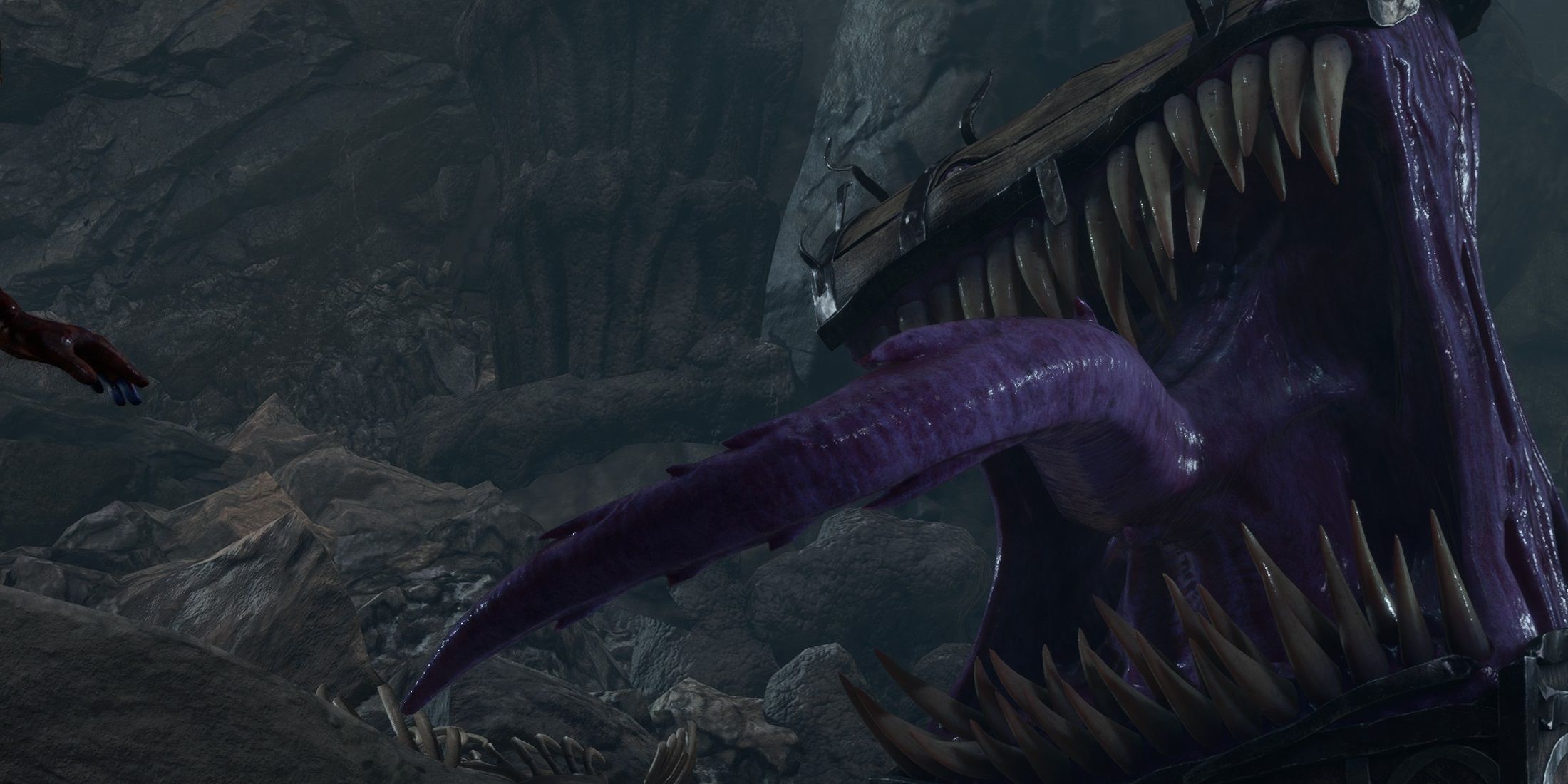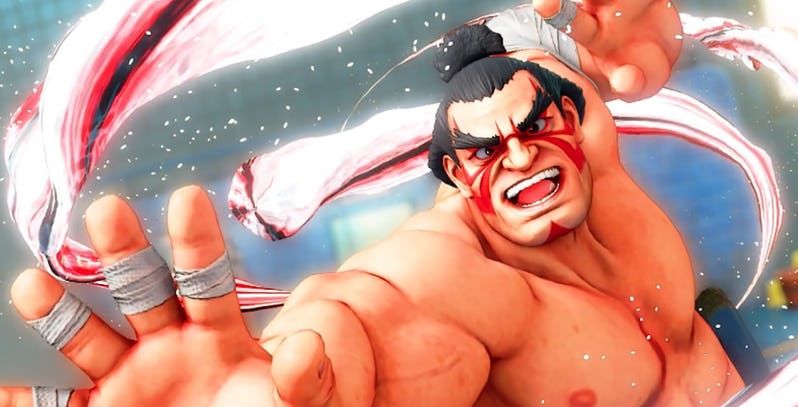In the Street Fighter franchise, many characters serve as embodiments of their culture and country. But E. Honda goes a bit further than simply representing Japan. He earns his place in the fighting game because he has an identity that directly ties in with a fighting style that has deep roots in Japanese culture.
Most folks wouldn’t have thought of sumo wrestling when considering fighting styles for a fighting video game. That creates an interesting meta-textuality around E. Honda’s mission throughout most of the Street Fighter series: to spread awareness and bring global legitimacy to the art of sumo.
But E. Honda’s history goes a bit deeper than that. So here is a refresher on some of the stranger parts of the character’s back story in honor of his newly announced appearence in Street Fighter V.
5 1. The E stands for “Edmond"
Many fans probably don't realize it, but E. Honda does have a known first name: Edmond. The name doesn’t come up often in the franchise, but it does come up. One of E. Honda’s closest friends (and biggest rivals) is a character named Hakan, who refers to E. Honda as Edmond during cutscenes in the franchise, which illustrates that E. Honda reserves the use of his full name only for those who have known him a long time.
As for the meta-origin of this name, fans find it difficult to agree on anything official. Some Japanese communities share a popular theory that the name “Edmond,” which they pronounce phonetically as "Edomando," sounds like Edo-man. This references the traditional Japanese Edo period and implies that Edmond Honda's sumo persona represents a direct connection to historical Japan.
4 2. He once investigated sumo enhancing bio-chemical drugs
E. Honda’s connection to the World Warrior Tournament, which serves as the narrative framing for the Street Fighter games, mostly revolves around his continuous mission to travel the globe and spread the word outside of Japan about the fighting skill of sumo wrestlers.
While this still partially motivates him to join the fight in Street Fighter II, he also has a different agenda. Before the events of the game, he had apprehended some dealers who worked for the criminal organization known as Shadaloo. As it turns out, the organization had dealt performance enhancing biochemical drugs to some sumo wrestlers in Japan. E. Honda joined the tournament undercover in order to find out the identities of the dealers and put a stop to them.
3 3. His G.I. Joe figure required a unique mold due to its odd shape
Super Smash Bros is far from the first fighting game franchise to feature toys of its fighters. In 1993, Hasbro released a line of G.I. Joe figures that featured Street Fighter characters. Like many toy manufacturers, Hasbro usually used a lot of the same molds for the different parts of their figures. This saved on costs because it allowed the company too mass-produce the same parts, then paint them differently and swap out the heads in order to create different characters.
As a result of this manufacturing process, most G.I. Joe bodies had the same shape, and that trend continued for the line of Street Fighter characters. E. Honda, however, is a sumo wrestler, and he features a more unique body type. The figure would have looked strange if they had simply painted a G.I. Joe to look like the character, and so they created an entirely new mold for all of his body parts.
As a side note, even the Blanka G.I. Joe figure, another character with a much larger and bulkier appearance in the games, simply shared the body type of the other figures in the line.
2 4. He once decided to join the olympic committee
In Street Fighter IV, E. Honda continues his quest to prove to the world that sumo wrestling deserves global recognition as a legitimate fighting style, although he does take some time out to teach fellow competitor and luchador chef El Fuerte about Japanese food.
At the end of the tournament, E. Honda decides that he still hasn’t done enough to spread the joys of sumo, and expands his mission into something more quantifiable: he wants to make sumo wrestling an official part of the Olympic Games. To do this, he realizes that he will have to join the International Olympic Committee. Unfortunately, his Street Fighter IV story ends with this thought, and players never get a resolution on whether or not he succeeds in his goal.
1 5. In the Street Fighter Movie, he was Native to Hawaii
Some younger Street Fighter fans might not know that in 1994 action star Jean-Claude Van Damme starred as Guile in a film adaptation of the game series. It turns out Hollywood has been trying to put video games on the big screen for a long time.
The film, which has a Rotten Tomatoes score of 11%, failed to capture the magic that recent game adaptions have. It did, however, feature E. Honda, in a role played by a relatively unknown Japanese American actor named Peter Tuiasosopo.
The movie version of E. Honda differs in a few key ways from his video game counter-part. First, even though his ethnicity is still Japanese, he is a Hawaii native, which is common for Japanese Americans. The character also has a much more laid-back, passive personality in the film, and he appears immune to pain.
E. Honda has a long history with the Street Fighter franchise and remains a recognizable name to anyone who has an association with the games. Capcom hasn’t given any word yet on his motivations for returning this time around, but it is safe to assume that his presence has some connection to his constant quest to introduce sumo wrestling to the rest of the world.
Street Fighter V is out now for PC and PS4.
Sources: Wikipedia | Street Fighter Wiki | Reddit | History Behind the Warrior - YouTube









